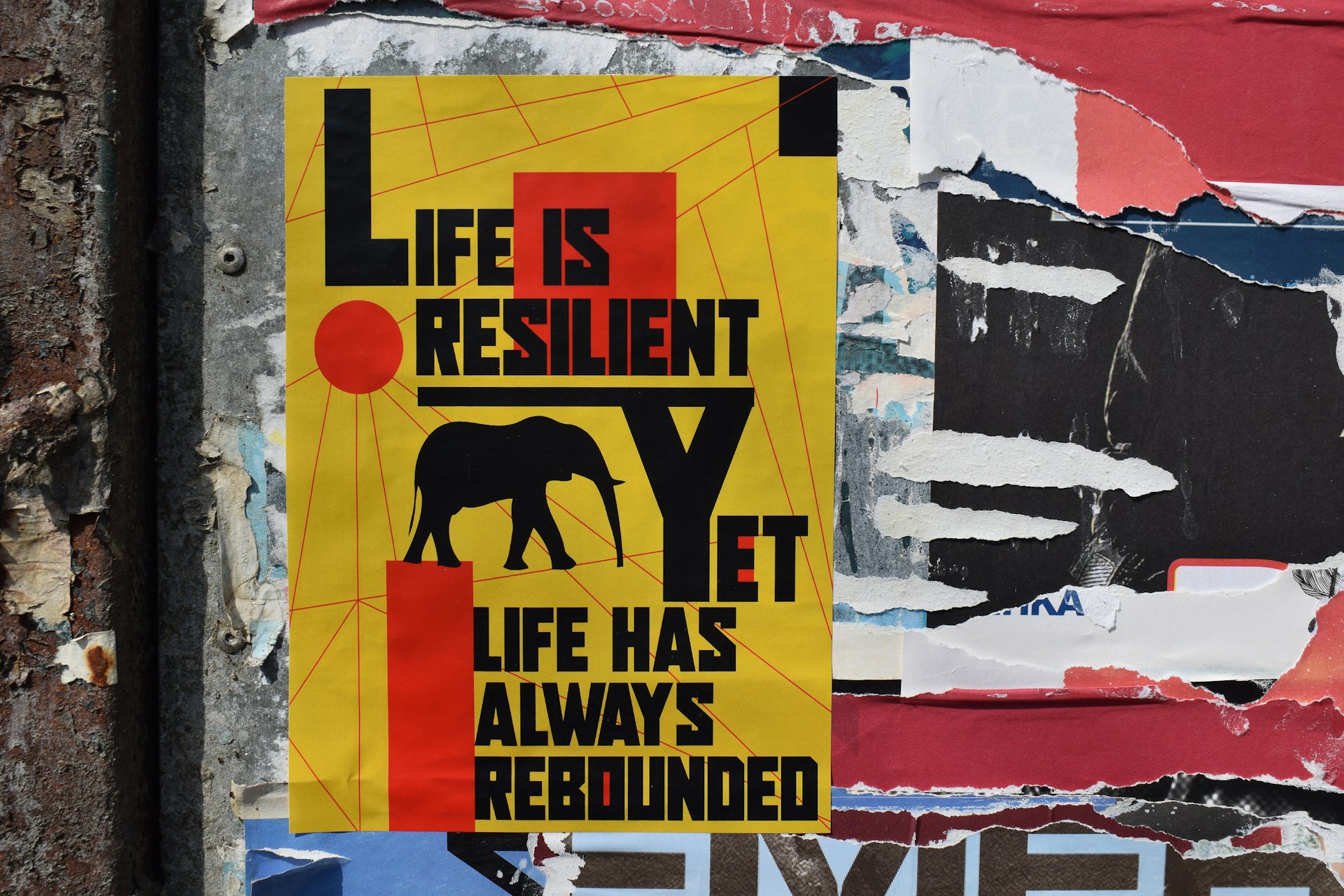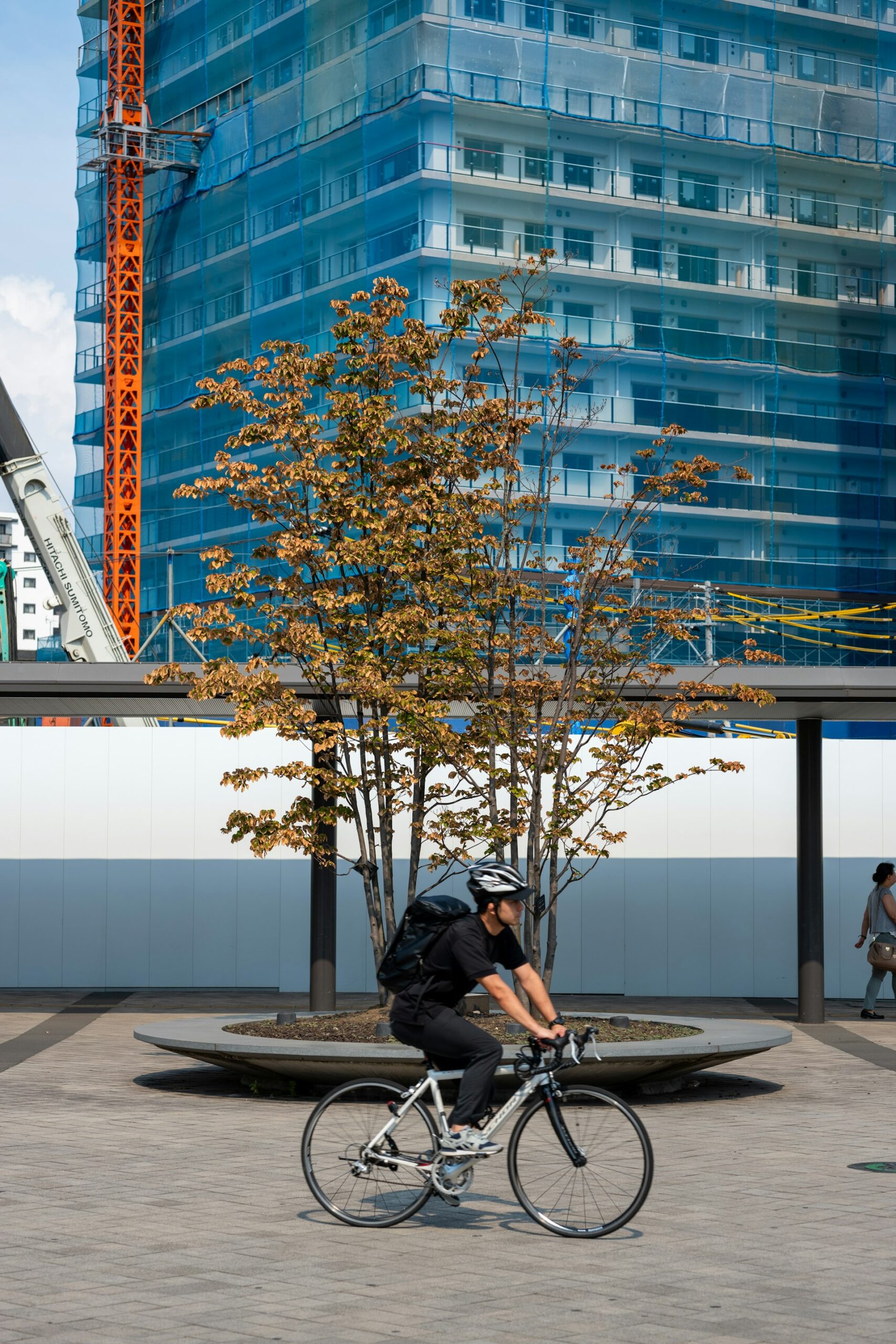How Art Shapes and Reflects Global Political Narratives

Photo by Yohann LIBOT on Unsplash
Introduction: The Power of Art in Global Politics
Art has long been a powerful vehicle for expressing, shaping, and challenging political narratives across the globe. Whether through painting, sculpture, installation, or digital media, artists consistently engage with pressing social issues, offering new perspectives, critiquing injustice, and sparking dialogue. This article explores the intricate relationship between art and global political narratives, detailing how creative expression can influence policy, empower marginalized voices, and inspire activism. Readers will learn how to recognize, engage with, and harness art as a tool for political advocacy, with guidance on accessing opportunities and resources for deeper involvement.
Art as Political Expression: Historical and Contemporary Examples
Throughout history, artists have responded to the sociopolitical climates of their times. Pablo Picasso’s “Guernica” stands as a seminal example, capturing the horrors of the Nazi bombing of the Basque town Guernica during the Spanish Civil War and symbolizing the brutality of Fascism [1] . Picasso’s work, alongside pieces like “The Charnel House,” highlights how art can bear witness to major events and influence public opinion [2] .
In more recent times, artists such as Banksy have used street art to critique consumerism, poverty, and authoritarianism. His works, including “Shop Until You Drop” and “Dismaland,” offer visual commentaries on Western culture and wealth disparity [2] . Ai Weiwei , the Chinese contemporary artist, employs everyday objects and installations to confront censorship, advocate for human rights, and highlight social division [3] . Frida Kahlo explored themes of industrialism, capitalism, and gender equality, making her work a touchstone for feminist and revolutionary thought [3] .
Art and Activism: Shaping Political Narratives
Art as activism takes many forms: from direct protest pieces and visual satire to subtle critiques embedded within cultural institutions. Works like Keith Haring’s “Free South Africa” and Martha Rosler’s “Sun Instead of Reagan!” respond to specific political moments, challenging viewers to confront civil rights, anti-war efforts, and women’s rights [4] . Brazilian artist Cildo Meireles used installations to bypass censorship and address pervasive political issues [4] .
By leveraging creativity, artists can galvanize movements, raise awareness, and even shift cultural attitudes. For those interested in engaging with art as activism, consider these step-by-step approaches:
- Research influential political artists: Look for artists whose work resonates with your values. Visit museum exhibitions, public installations, and digital galleries.
- Participate in community art projects: Many local arts organizations and nonprofits host workshops, mural programs, and collaborative initiatives focused on social justice. Search for “community art activism” in your city and inquire about volunteer opportunities.
- Support activist artists: Attend gallery shows, purchase works, and share artists’ messages on social media, amplifying their reach and impact.
- Create your own activist art: Use accessible materials-paint, photography, video, or digital design-to address issues important to you. Collaborate with advocacy groups to ensure your work reaches the right audiences.
Challenges and Solutions in Artistic Political Engagement
Artists often face significant challenges when engaging with political narratives. Government censorship , cultural suppression, and backlash from conservative groups are common obstacles [5] . For example, the aftermath of the Tiananmen Square events in China led to increased restrictions on artistic freedom. In the United States, the “culture wars” of the 1990s saw artists and institutions pressured by both activist groups and government policies [5] .
To navigate these challenges, consider the following strategies:
- Build networks of support: Connect with other artists, legal advocacy groups, and cultural organizations who can offer guidance and protection.
- Utilize social media platforms: Digital spaces can bypass traditional gatekeepers, allowing artists to share work globally and mobilize support rapidly.
- Document and archive your work: Preservation is critical, especially when works are at risk of censorship or destruction. Seek out institutions dedicated to safeguarding political art.
If you encounter censorship or legal challenges, reach out to organizations such as the National Coalition Against Censorship, PEN America, or local arts councils. These groups may provide advocacy, legal resources, or emergency funding. Always verify contact information and organization legitimacy through established channels.
Alternative Pathways: Engaging with Political Art Worldwide
Globalization and digital technology have opened new avenues for interacting with political art. Social media enables artists to engage directly with audiences, organize international collaborations, and participate in online exhibitions. For those seeking formal education or professional involvement, universities such as Columbia University offer programs examining the intersection of art and politics, including research into how new political trends affect creation and reception [5] .

Photo by kIRK lAI on Unsplash
To get started:
- Explore online platforms, such as Artsy and ArtNet, for curated exhibitions focused on political themes. Verify the platform’s credibility before participating.
- Attend lectures, webinars, and symposia hosted by reputable arts organizations and academic institutions. Use official university websites to find event schedules and registration details.
- Consider contributing to art publications or joining advocacy groups that publish research and opinion on the role of art in society. Look for calls for submissions or membership opportunities on their official sites.
If you are interested in funding or commissioning political art, seek out grant programs from foundations such as the Andy Warhol Foundation for the Visual Arts. Visit the foundation’s official website for application guidelines and deadlines. When uncertain about a program’s legitimacy, always search for the foundation’s name directly and confirm details before applying.
Key Takeaways and Next Steps
Art remains a dynamic force in shaping and reflecting global political narratives, from historical masterpieces like “Guernica” to contemporary activist installations. By understanding the unique challenges artists face and leveraging available resources, anyone can participate in or support political art. Whether through research, direct engagement, or creation, your involvement can help amplify critical voices and foster social change.
For further guidance, consider these steps:
- Research prominent political artists and their work through verified museum and art institution websites.
- Join local or global activist art initiatives by contacting recognized cultural organizations.
- Protect and promote your own political artwork by networking with advocacy groups and using reputable digital platforms.
- Stay informed about current trends in art and politics by subscribing to newsletters from established academic and arts institutions.
If official resources or guidance are needed, always verify the website or contact method by searching for the organization’s name on trusted search engines or directories.
References
- Arts Fiesta (2024). 10 Most Influential Political Art Pieces.
- Academy of Art University (2023). Art is Political: Nine Artists Who Used Their Art for Their Politics.
- Academy of Art University Blog (2020). Art is Political: Nine Artists Who Used Their Art for Their Politics.
- Kooness Magazine (2020). Art as Activism: Discover 20 Political Artists.
- Columbia University Global Thought (2020). Politics of Visual Arts in a Changing World.



